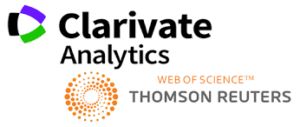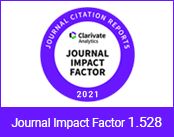Author : SK.Asma, T.Mounika
Abstract :
Teaching the basics of A.C.S. (Automated Control Systems) and programming through educational robotics applications is the focus of this study. The H&S Electronic Systems robotics package was employed in the STEM teaching method for this objective. Last, but not least, the interconnectedness of STEM (Science, Technology, Engineering, and Mathematics) is a priority (STEM). As a means of accomplishing these objectives while also encouraging students to take an active role in their education, educational robots may be a valuable resource. Students must work in groups to create, develop, and implement programmes to govern the behaviour of their robotic constructs, using worksheets that have been specifically prepared for the purpose of this assignment.. A final goal of this research is to examine and emphasise the positive effects of data analysis on students' education. The following terms and concepts are often used in conjunction with educational robotics: STEM education, programming b




